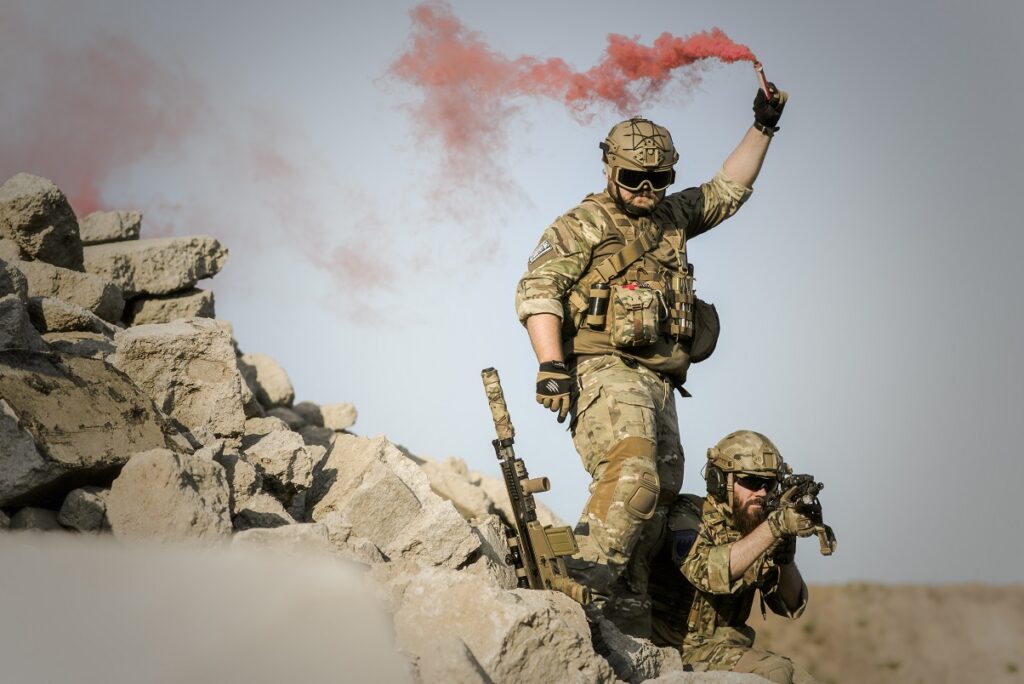
How Exactly Do Level III+ Body Armor Work?
Understanding the workings of a body armor can be quite technical, however not impossible. Many of the hard-body armor are made of metal plates or other durable composite materials. A body armor must stop a 7.62×51 NATO cartridge traveling at a speed of 2780 feet per second must endure six shots before being designated as a Level III+ plate. Aside from that, it must be able to stop AK-47 bullets. Materials such as ceramics and polyethylene are typically utilized to make this kind of armor. Special threat testing demonstrates the armor’s capabilities go above NIJ Level III, as indicated by Level III+ body armor. Because of this and other threats like the M855 “Green Tip” and the M193, level III+ body armor can withstand high-velocity rifle bullets. Compared to the Level III, this offers the level III+ body armor an advantage.
Each style of body armor has its own set of advantages and disadvantages, all of which fall under the categories of weight, threat level, and cost. Those are the things that always come up. No armor should ever be referred to as “bulletproof” due to the wide range of performance variations, therefore be wary of any company that uses the term. Only the term “bullet resistant” has any meaning. Rifle plates can be made from a variety of different materials. Compressed laminates such as high-density polyethylene, ceramics, and Kevlar are examples of these materials. Laminate materials are often distinct from those used in soft armor. One type of Kevlar, for example, may not be the same as another, if utilized in soft armor. Thermally molded and/or compressed laminate materials are virtually always used in the production of hard armor.
Performance indicators vary depending on the type of material. The most obvious difference is in the amount of weight. Lighter armor typically comes at a higher price. You’ll pay more if you want the lightest materials and the most advanced construction methods accessible today.
For more articles, please click here.